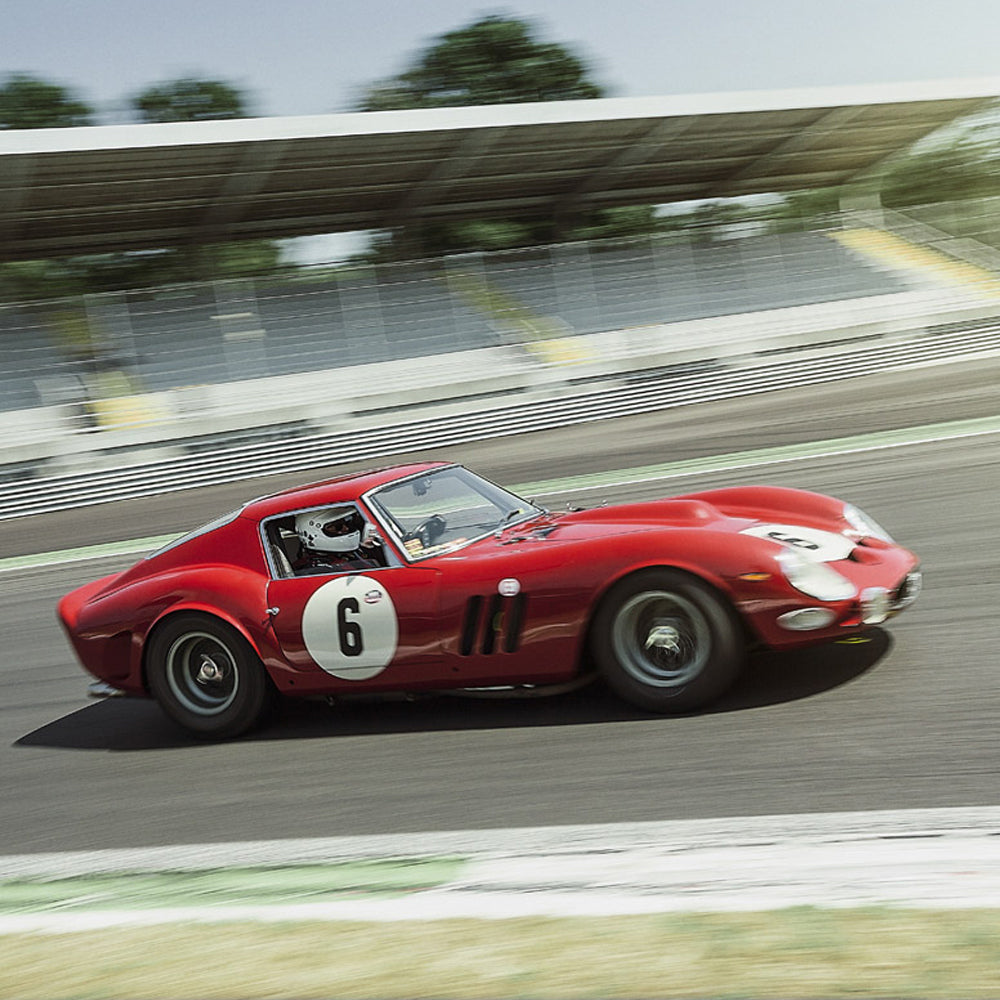Until bumpers actually did something for safety, they were mostly to protect bodywork against low-speed bumps, scrapes, and potential run-ins with other motorists in the parking lot. Despite how large and elaborate they may seem—especially on ’50s and ’60s American machines—they’re often sturdy enough to tie your shoe on, but are as effective as tin foil as far as stationary objects concerned.
Since they do little (and you won’t hit anything while parking), why not take them off?
Period privateers used to unbolt them before driving to the circuit for a weekend of racing, a low-cost weight-loss regime that promised quicker lap times, better fuel consumption, and lower brake and tire wear—provided your bumpers and other ditchable accessories were heavy.
Though not precisely “tasteful”, I adore the look of early Nascar and stock car racers, with their fearsome, towering fascias revealed once the chrome braces are removed. Rear bumpers taken off of mid-engined cars—especially if it means you can see the engine—are also quite special to behold.
What do you think—which car looks best without its bumpers?





Photography by: Federico Bajetti, Maxim Gurianov, Nat Twiss, Rosario Liberti,




















































